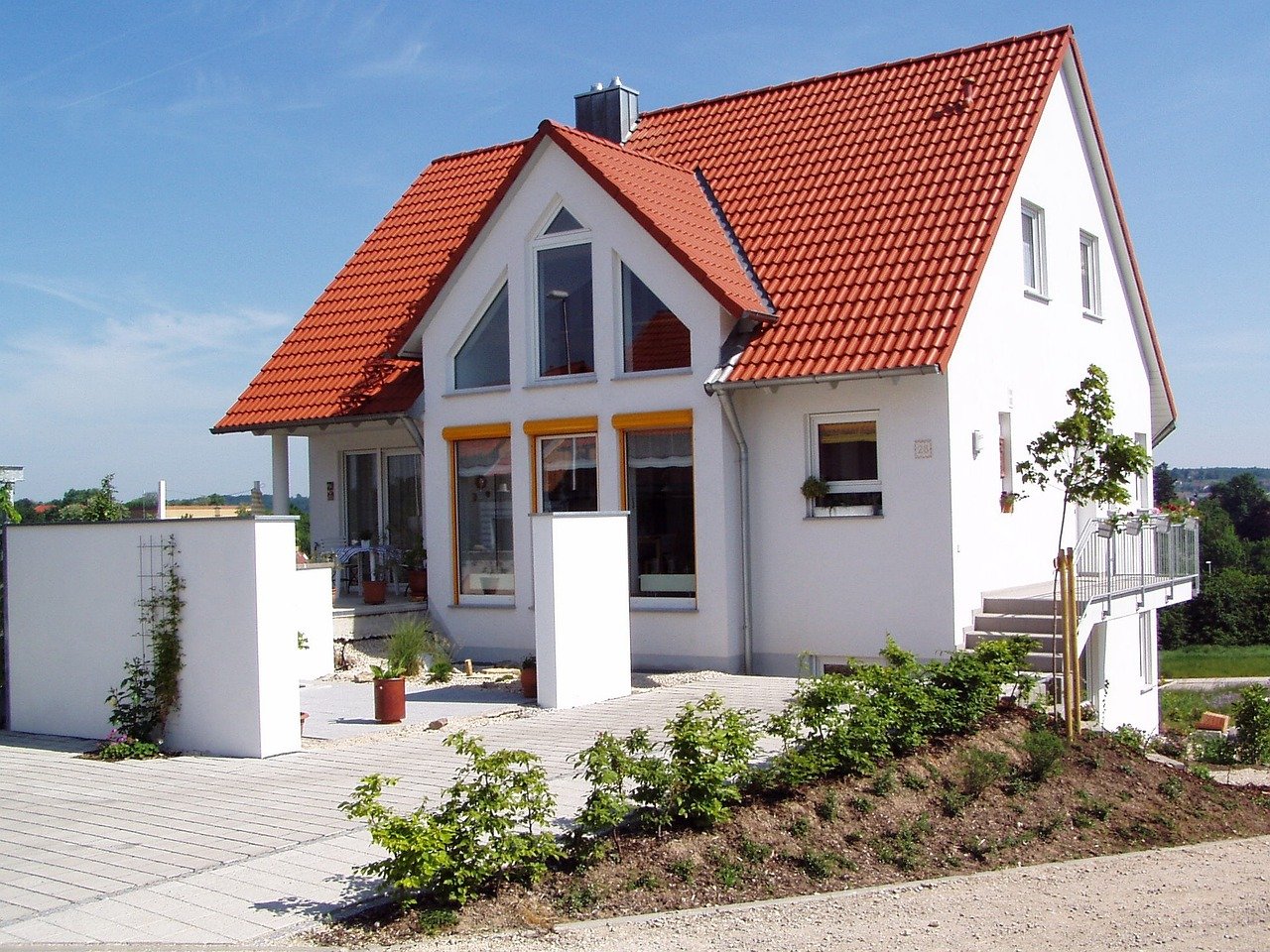Many homes across Europe lack adequate insulation, missing out on the economic and ecological advantages it offers. Effective external insulation plays a key role in minimizing heat loss from a house, resulting in a reduced need for heating. This not only ensures a more energy-efficient home and protects the environment, but it also translates into tangible savings on heating expenses.
Climate change presents us with major challenges and what we need now are energy-efficient solutions. So, what can you do as an individual? If you are an owner of a house, thermal renovation can help you make a substantial impact on both your comfort and the environment.
Often underestimated, it involves upgrading the insulation and thermal performance of buildings to store the heat more effectively. Beyond that, thermal renovation plays a crucial role in lowering heating costs and, more importantly, reducing our collective carbon footprint. In this blog post, we delve into the main advantages of thermal renovation, exploring how it not only enhances the coziness of our living spaces but also contributes to a more sustainable future.
Thermal renovation helps to store the heat within the building.
Thermal renovation involves insulating the exterior walls, enabling buildings to efficiently store heat. This means that once warmth is generated, it is held within the structure, minimizing heat loss, and ensuring a consistently cozy indoor environment. This also reduces the need for constant heating, translating into significant energy savings.Current measurements from Baumit's Viva Research Park show that even in fall in insulated solid brick houses average temperatures of over 20°C can also be achieved without heating. In uninsulated buildings, room temperatures in the same period are sometimes significantly lower and therefore below the recommended comfort range.
Insulated walls create an improved room climate.
The optimum relative humidity indoors is 40 - 60%. Intensive heating can cause the indoor humidity to drop significantly and the air to become too dry. This can have negative effects on our health and impair our well-being. Indoor air that is too dry can lead to various complaints, such as dry skin or irritated mucous membranes. Through thermal renovation, walls cool down less and a healthier and more comfortable indoor climate is guaranteed.Thermal renovation contributes to a greener future.
Perhaps the most far-reaching impact of thermal renovation is its contribution to environmental sustainability. It lowers energy consumption and reduces greenhouse gas emissions. Lowering our reliance on energy-intensive heating systems not only benefits individuals through cost savings but also contributes to a greener future. As we wrap up looking into thermal renovation, it’s clear that thermal renovation is not just about making our homes cozier. When we use better insulation, we enjoy the warmth of our improved living spaces and lower our heating costs. But let’s not forget about the bigger picture: Insulating our homes contributes to the fight against climate change.

